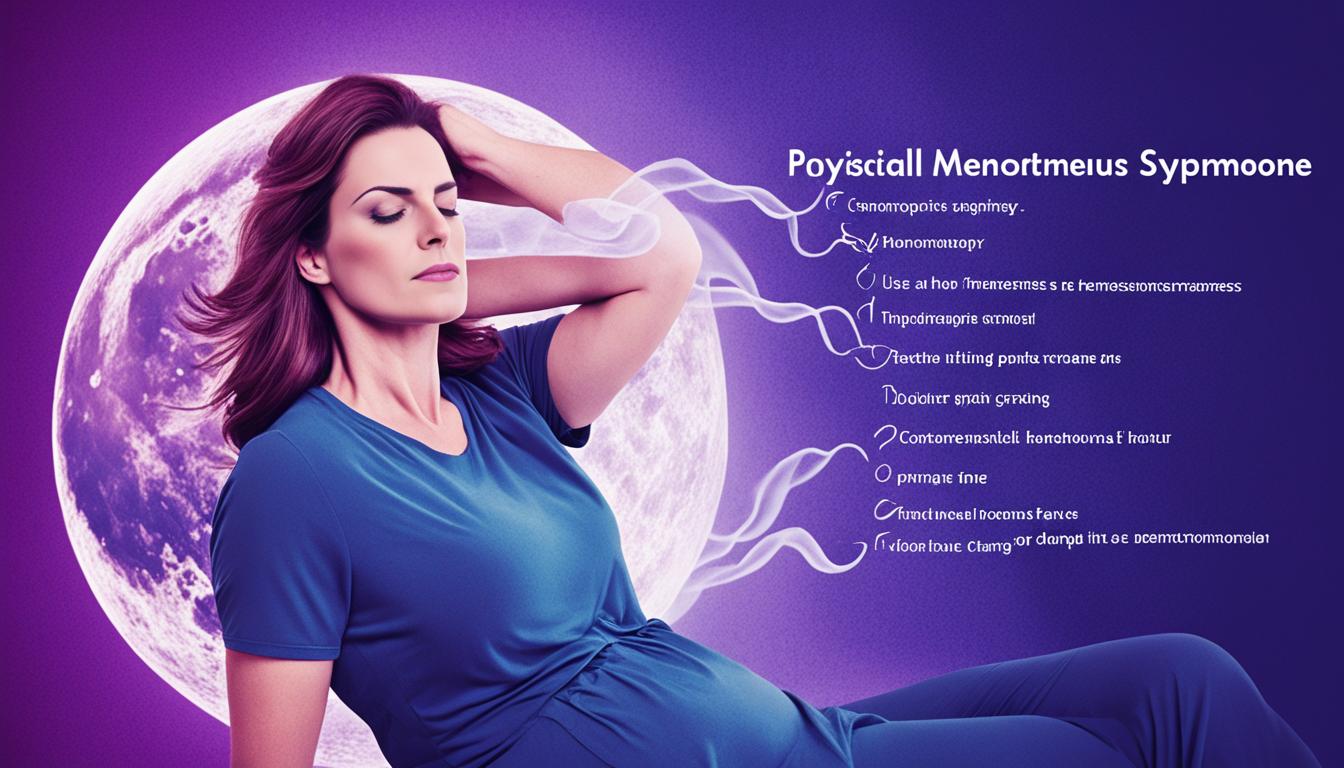Every month, around 12% of women face premenstrual syndrome (PMS) and premenstrual dysphoric disorder (PMDD). These issues bring both physical and emotional troubles. They can seriously affect daily activities and job performance. However, once the menstrual period starts, these symptoms often fade away.
Keeping a record of your symptoms can be really useful. It helps doctors accurately diagnose PMS and PMDD. As a result, it becomes easier to tell these conditions apart from similar but different health issues. This, in turn, guides the most effective personalized treatments, aiming to better the patients’ lives.
- Premenstrual syndrome (PMS) and premenstrual dysphoric disorder (PMDD) affect approximately 12% of women.
- These conditions cause physical and psychological symptoms that can impact daily life and work.
- Symptoms occur during the luteal phase of the menstrual cycle and usually improve after menstruation.
- Keeping a symptom diary can aid in accurate diagnosis and differentiate PMS and PMDD from other disorders.
- Treatment for PMS and PMDD should be personalized to improve the quality of life for patients.
Understanding Premenstrual Syndrome (PMS)
PMS is a group of symptoms that happen to many women before their period. It’s different from other conditions because it’s not caused by an illness. PMS shows up as various physical and emotional signs. These can change in strength and type from person to person.
Women may feel tired or struggle to sleep because of PMS. Their interest in sex might go down, and they might want to eat more or different foods. These changes are normal due to the hormonal shifts during the menstrual cycle.
No one knows exactly what causes PMS. Yet, we do know that changes in estrogen and progesterone can affect how the brain works. This can lead to mood swings and other symptoms.
Many women deal with PMS; about 4 out of 10 have symptoms at some point during their childbearing years. How bad these symptoms get changes from person to person. Some feel just a bit off, while for others, it can be very hard.
Keeping a diary of your symptoms is key to spotting PMS. Doing this for two cycles can show if your symptoms match your menstrual cycle. Tools like the DRSP can make it easier to keep track.
Knowing about PMS helps women look for ways to deal with it. We’ll look at how doctors diagnose and treat this syndrome next.
References:
- “Premenstrual Syndrome.” Mayo Clinic, May 18, 2019, https://www.mayoclinic.org/diseases-conditions/premenstrual-syndrome/symptoms-causes/syc-20376780
- “What Causes Premenstrual Syndrome (PMS)?” Planned Parenthood, https://www.plannedparenthood.org/learn/health-and-wellness/menstruation/what-causes-premenstrual-syndrome
- “Premenstrual Syndrome (PMS).” Office on Women’s Health, U.S. Department of Health and Human Services, https://www.womenshealth.gov/menstrual-cycle/premenstrual-syndrome
Diagnosing and Treating Premenstrual Syndrome
To diagnose premenstrual syndrome (PMS), patients need to track their symptoms for at least two cycles. These symptoms should appear in the week or two before their period starts. It’s important that these symptoms get better after the period ends. If the symptoms are severe and fit certain criteria, it might be premenstrual dysphoric disorder (PMDD). This label helps doctors know how to treat it right.
PMS and PMDD are managed in many ways. Commonly, hormone therapy is used to balance hormone levels and reduce symptoms. It’s also important to treat any other health problems that could make the symptoms worse. Sometimes, adding vitamin B6, magnesium, or calcium/vitamin D can help ease symptoms. But, it’s wise to talk to your doctor about what’s best for you.
Premenstrual syndrome is a common issue among women that can affect them physically and emotionally. Keeping careful records of symptoms and talking to a healthcare professional are important steps. This way, you can get the right diagnosis and a treatment plan that’s just for you. This can really help improve your life quality.
FAQ
Q: What is premenstrual syndrome (PMS)?
A: PMS is a group of symptoms that crop up before a woman’s period. Symptoms may include feeling tired, changes in sleeping patterns, differing levels of sexual interest, and shifts in what you feel like eating. Nearly half of women who have periods, four out of ten, experience these symptoms.
Q: What causes premenstrual syndrome (PMS)?
A: The exact reason for PMS is not entirely clear. However, changes in estrogen and progesterone levels during a woman’s menstrual cycle are thought to be involved.
Q: How is premenstrual syndrome (PMS) diagnosed?
A: Diagnosing PMS involves keeping a symptom diary for at least two periods. Symptoms must show up in the luteal phase and get better after menstruation.
Q: What is the difference between premenstrual syndrome (PMS) and premenstrual dysphoric disorder (PMDD)?
A: PMDD is like PMS but more serious. PMDD has specific criteria set by doctors that need to be met for a diagnosis.
Q: What are the treatment options for premenstrual syndrome (PMS) and premenstrual dysphoric disorder (PMDD)?
A: Treatment can involve hormone therapy to regulate levels or addressing any related health issues. Some people find relief with complementary therapies like taking vitamin B6, magnesium, and calcium, or vitamin D. It’s essential to talk to a doctor to decide on the best treatment for you.

